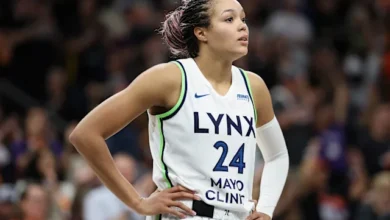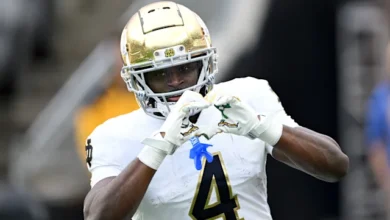The Evolution of Basketball: From a School Gym to a Global Phenomenon

Basketball is one of the world’s most popular sports, played and watched by millions across every continent. What started as a simple indoor game invented over a century ago in a small gymnasium has transformed into a dynamic global phenomenon with massive cultural, economic, and social impact. This article traces the evolution of basketball, exploring how it grew from a recreational activity into an international sport loved by diverse audiences.
The Birth of Basketball
Basketball was invented in December 1891 by Dr. James Naismith, a Canadian physical education instructor working in Springfield, Massachusetts. Tasked with creating a new indoor game to keep his students active during winter, Naismith developed 13 basic rules and hung a peach basket on either end of the gym. The objective was to throw a soccer ball into the opposing team’s basket.
The first game was played with nine players per side and quickly gained popularity due to its fast pace and minimal equipment requirements. Within a few years, basketball spread through YMCA centers, schools, and colleges across the United States.
Early Growth and Professionalization
By the early 20th century, basketball had established itself as a popular college sport. The formation of organizations such as the National Collegiate Athletic Association (NCAA) in 1906 standardized rules and promoted intercollegiate competition.
Professional leagues began to emerge in the 1920s and 30s, though many struggled financially. The founding of the National Basketball Association (NBA) in 1946 marked a turning point. Initially overshadowed by baseball and boxing, the NBA steadily built a fan base through exciting gameplay and charismatic players.
Iconic Players and Cultural Impact
The sport’s growth accelerated with the emergence of legendary players who captivated audiences and transcended sports. Bill Russell, Wilt Chamberlain, and later Magic Johnson and Larry Bird in the 1980s revitalized the NBA with their rivalries and skill.
Michael Jordan’s arrival in the 1980s and 90s elevated basketball to new heights. His unmatched talent, work ethic, and global marketing turned him into a cultural icon and the sport’s global ambassador. Jordan’s success helped the NBA expand internationally, inspiring youth worldwide.
International Expansion
Basketball’s simplicity made it easy to adopt globally. Countries in Europe, Asia, Africa, and Latin America embraced the game, developing their own leagues and national teams. The inclusion of basketball in the 1936 Berlin Olympics further legitimized the sport on the world stage.
The 1992 United States “Dream Team,” composed of NBA superstars like Jordan, Magic Johnson, and Larry Bird, showcased the sport’s elite level during the Barcelona Olympics and spurred worldwide interest. Today, international players like Giannis Antetokounmpo, Luka Dončić, and Yao Ming are NBA stars, reflecting basketball’s global reach.
The Modern Game: Innovation and Entertainment
Basketball has evolved with rule changes and innovations that emphasize speed, skill, and entertainment. The introduction of the three-point line in the 1979-80 NBA season revolutionized offensive strategies. Analytics now drive decisions about shot selection, player efficiency, and game tactics.
The NBA’s embrace of digital media and social platforms has expanded its fan base. Highlight reels, behind-the-scenes content, and interactive experiences engage younger audiences globally.
Social and Cultural Influence
Beyond sports, basketball has influenced fashion, music, and social movements. Hip-hop culture and basketball often intersect, creating a unique urban identity. Players use their platforms to advocate for social justice, equality, and community development.
Grassroots programs and community courts worldwide foster inclusion, offering youth opportunities to learn life skills and build confidence through basketball.
Challenges and Future Prospects
Basketball faces challenges such as maintaining competitive balance, addressing player health and safety, and ensuring accessibility. The rise of women’s basketball leagues and increased support for female athletes mark positive trends toward inclusivity.
Looking forward, technological advancements like virtual reality training, enhanced broadcasting experiences, and global talent development will shape the sport’s future.




